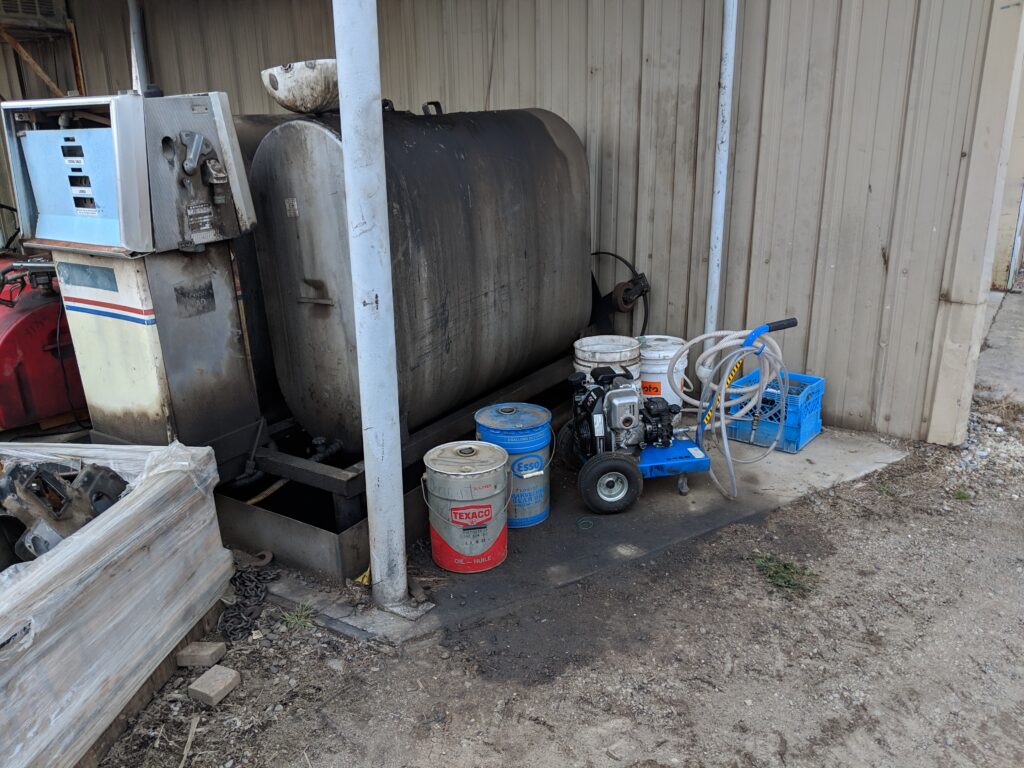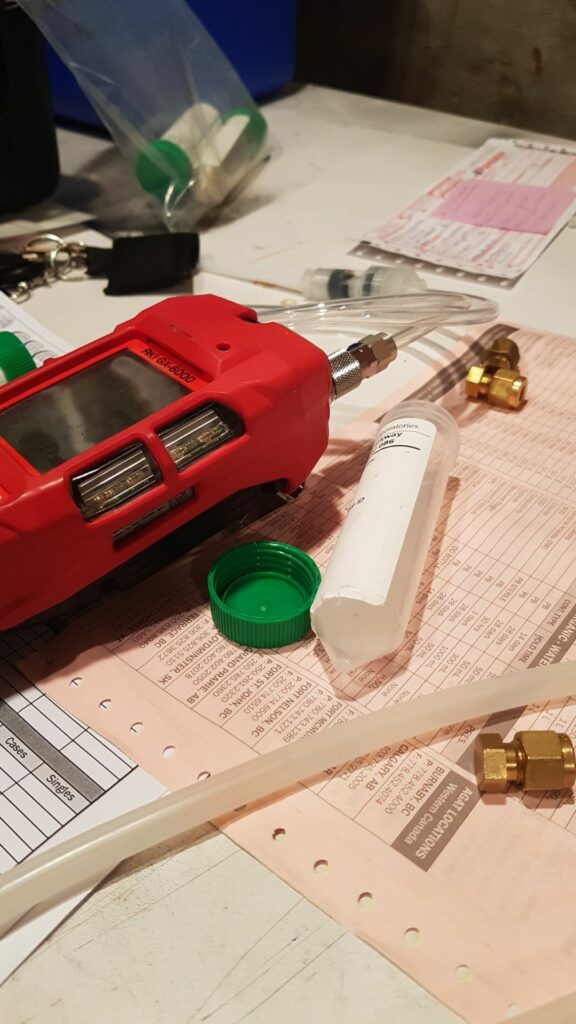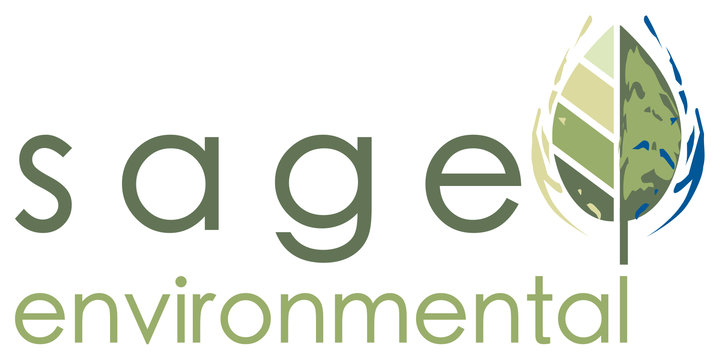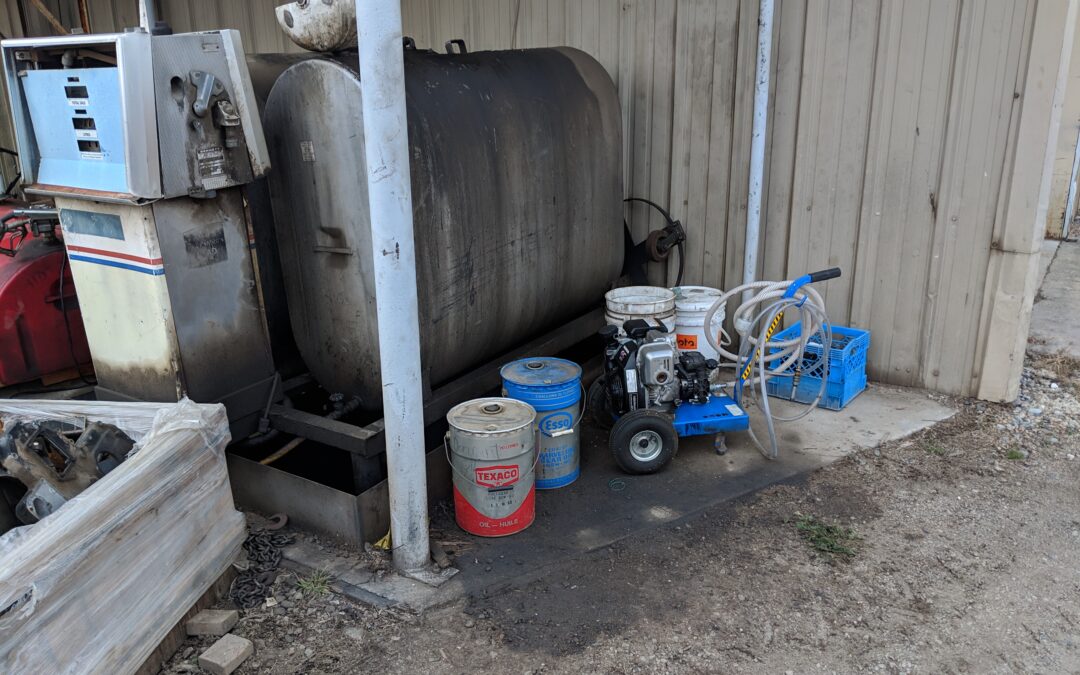By Kristen Cockburn – PAg.
Making a shortlist of Potential Contaminants
When completing an Phase I Environmental Site Assessment or Stage 1 Preliminary Site Investigation, we review the current and historical land uses of the Site, to identify the potential for releases of substances that could enter the environment. One tool we use when considering potential contaminants is Schedule 2[1] of the BC Contaminated Sites Regulation (CSR). Schedule 2 isa list of specified commercial and industrial land uses with a higher potential for contamination. While not a comprehensive list of all contaminant sources, it is a good screening tool for land uses to consider based on site history. Land uses that are listed within Schedule 2 are commonly known for the production, use or storage of substances, that when released to the environment can result in contamination. For each Schedule 2 use, there are commonly associated potential contaminants of concern (PCOCs). PCOCs are recognized across the environmental consulting industry from which we draw our recommended parameters for sample analysis. This can include substances that are naturally occurring including salts and metals. During an assessment we also look for a pathway for substances to enter the environment and if there is such potential it becomes an Area of Potential Environmental Concern (APEC).

Time matters and so does the ground
In considering an APEC we look for releases to the environment over time. While small amounts of a substance with low concentrations may not result in impacts immediately, many releases over time can accumulate in the soil and groundwater resulting in contamination. This can occur with releases to drywells, unlined ditches, soil surfaces or any other pathway to the subsurface. The soil types (stratigraphy) at the Site can also have an impact on how substances move through the soil profile. For example, soils with a higher clay or organic matter content are more likely to ‘hold on’ to substances. This can explain why low concentration releases of substances can build up over time in soil and groundwater to concentrations over applicable standards. Research into behavior of substances in soils can help give us a general idea on what to expect, though localized soil characteristics will affect the predicted behavior. Concentrations of potential contaminants are always confirmed via laboratory analysis of the suspected affected media including soil, groundwater, soil vapour and sediment.
There are some substances where naturally occurring concentrations may be found above applicable standards, which often happens with metals. These concentrations are evaluated on a site-by-site basis, using information on Site history, surrounding geology and geochemistry to determine if the concentrations detected are due to contaminants or background soils. If the substance above an applicable standard is associated with a contaminant source on the Site, it may not be considered background. Regional estimates for background concentrations of inorganic substances (metals) in soil and groundwater have been compiled by BC ENV for different geographic regions within BC and are presented in Protocol 4 – Establishing Local Background Concentrations in Soil, and Protocol 9 – Establishing Local Background Concentrations in Groundwater. Further information on approved background concentrations can be found on the BC ENV Site Remediation Background Concentrations website[2] with links to the appropriate databases.
Skilled Professionals and Specialized Tools
In the field, we have some techniques and tools to ‘screen’ for relative concentrations of certain substances. For hydrocarbons, we often use a Photo Ionization Detector (PID) to screen for combustible vapours from hydrocarbons in soil or soil vapour. This gives us a near instantaneous reading that is correlated to a combined concentration of volatile hydrocarbons in soil. The PID reading gives us a field indicator but the soil, groundwater and/or soil vapour still needs to be analyzed at a laboratory for confirmation and concentration data.

For salt contaminated soils, we can use a soil conductivity probe to measure the specific conductance of impacted soils. Specific conductance is a measure of the soils ability to conduct electricity, or a measurement of free ions within the soil. When salts are in solution, or are broken down by water such as rain, the molecules split into positive and negative ions, resulting in increased specific conductance. Using the conductivity meter, we can compare suspect contaminated soil samples to a background soil sample collected outside the impacted area to identify areas of higher specific conductance relative to the background soils that can indicate salt impacts. This again is a field screening tool that may be influenced by any free ions in the soil, and therefore we rely on laboratory analysis of samples to confirm suspected contamination.
Many parameters, including metals, do not have an inexpensive or reliable field screening process. Our field tools and observations are an important part of our investigation, but we do rely on the analytical data from samples to confirm or refute field observations and to better understand the status of the Site.
Why aren’t all releases APECs?
The identification of APECs is not something that we take lightly. If regulated substances are contained and there is no potential pathway for substances to enter the soil, surface water or groundwater, we do not consider it to be an APEC. If substances are handled, and disposed of following appropriate safety and regulatory guidance, the risk to human health and the environment from those substances can be low.
Regulated substances under the CSR are present in soil, water, soil vapour or sediment, above criteria is considered contamination and should be addressed. Through a detailed site assessment, or possibly remediation or risk assessment.
[1] Schedule 2. https://www.bclaws.gov.bc.ca/civix/document/id/complete/statreg/375_96_04
[2] Background Concentrations. https://www2.gov.bc.ca/gov/content/environment/air-land-water/site-remediation/investigating-sites/background-concentrations.

